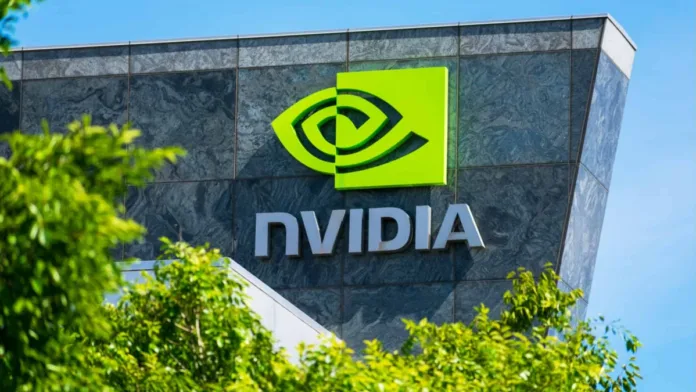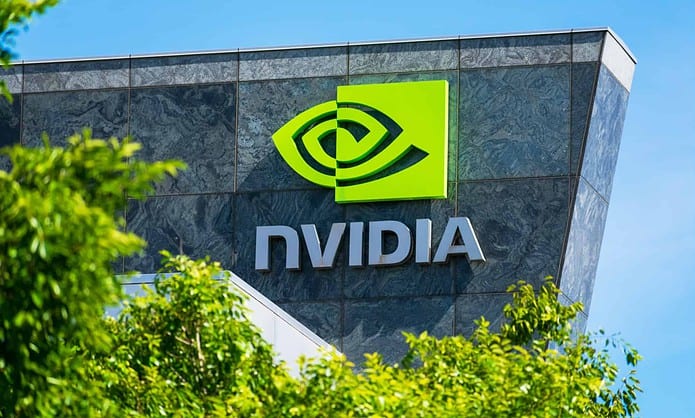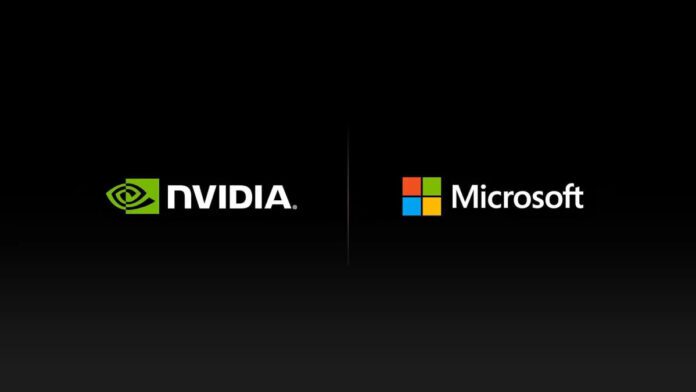NVIDIA
Revitalizing Virtual Characters: NVIDIA ACE for Games Unleashes the Power of...
NVIDIA has announced the introduction of NVIDIA Avatar Cloud Engine (ACE) for Games, a specialized AI model foundry service that revolutionizes gaming by incorporating...
NVIDIA becomes the only second company in history to increase its...
NVIDIA appears to have fully adapted itself as the face of the ongoing AI revolution based on the company's blazing-hot stock price growth. For...
NVIDIA shares rise in value after an amazing Q1 2023
NVIDIA Corporation announced earnings for the first quarter of fiscal year 2023 recently. In comparison to NVIDIA's Q4 2022, the previous quarter was relatively...
Nvidia orders has raised TSMC’s 5nm production capacity to its absolute...
According to reports, Nvidia is making rush orders with TSMC for its H100 and A100, as well as the H800 and A800 tailored exclusively...
NVIDIA Announces The Lord of the Rings: Gollum with DLSS 3...
Today, NVIDIA announced that The Lord of the Rings: Gollum™ will launch on May 25th with support for DLSS 3 and many other NVIDIA...
Microsoft and NVIDIA sign a 10-year GeForce NOW partnership
Xbox Corporate Vice President Sarah Bond announced a 10-year agreement with NIVIDIA, a computer parts maker recognised for their Graphics Processing Units. It grants...









